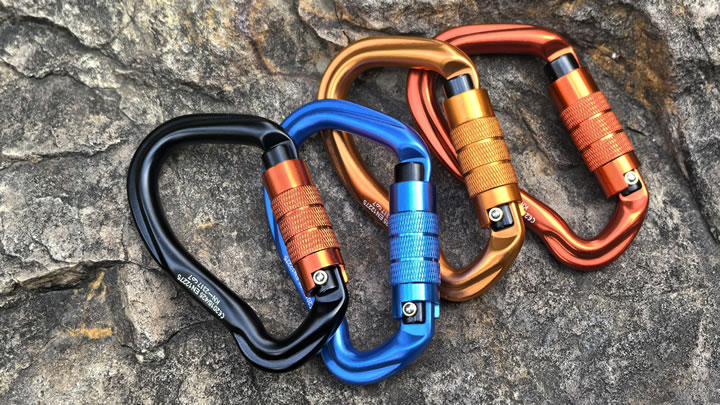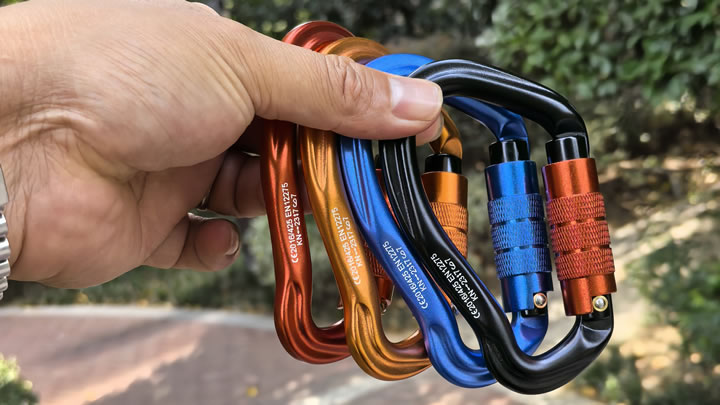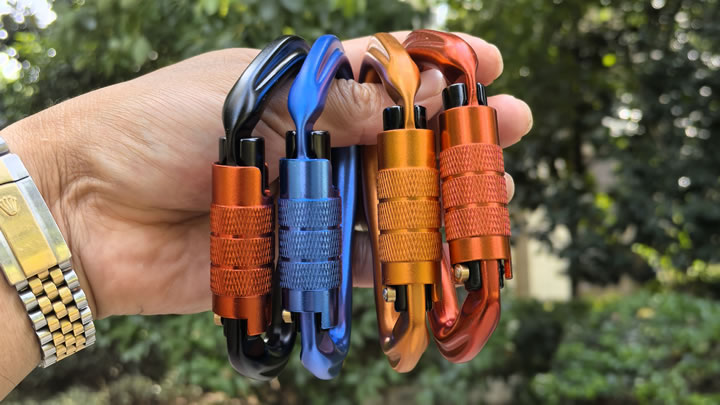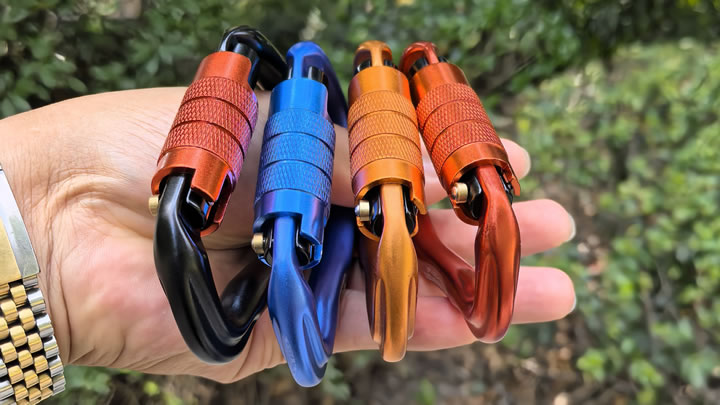Sunglasses with UV400 protection: Do they prevent snow blindness?
Sunglasses with UV400 protection: Do they prevent snow blindness?
When venturing into snowy landscapes, the glistening white expanse can be both breathtaking and treacherous for our eyes. Snow has a high albedo, meaning it reflects a significant amount of sunlight, including ultraviolet (UV) rays. This increased reflection heightens the risk of a painful and potentially vision - impairing condition known as snow blindness, formally called photokeratitis. In such environments, the role of proper eye protection, like sunglasses with UV400 protection, becomes crucial.
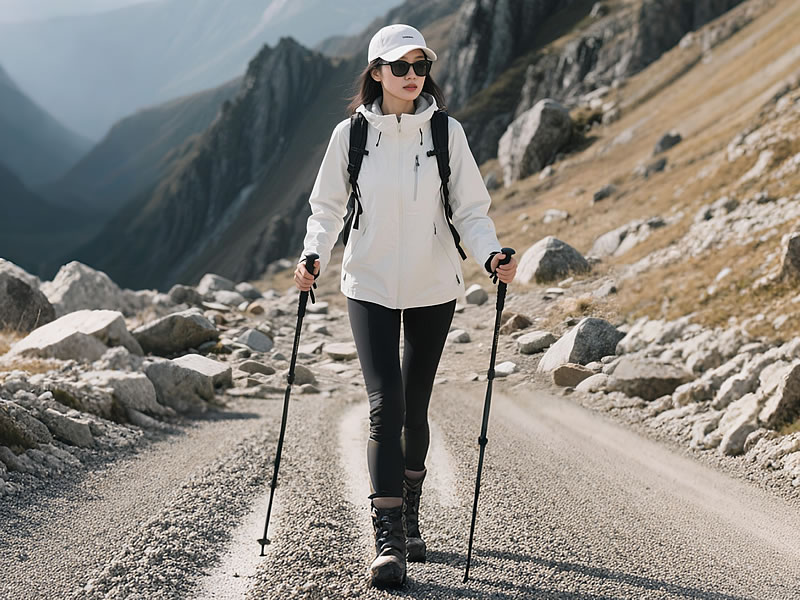
Understanding Snow Blindness
Snow blindness is an acute condition where the cornea, the clear front part of the eye, gets sunburned. The intense UV radiation from the sun, when reflected off snow, overwhelms the cornea's ability to protect itself. This exposure causes damage to the corneal epithelial cells. Symptoms typically start to manifest within a few hours of exposure and can include severe eye pain, a gritty sensation as if there is sand in the eyes, extreme sensitivity to light (photophobia), excessive tearing, and blurred vision. In severe cases, the eyes may even swell, and there can be a temporary loss of vision.
The risk of snow blindness is not to be underestimated, especially in high - altitude regions or polar areas. At higher altitudes, the atmosphere is thinner, allowing more UV rays to reach the surface. For example, in mountainous regions like the Himalayas or the Alps, the UV radiation can be significantly more intense compared to sea - level locations. Polar regions also pose a high risk due to the vast snow - covered areas and the unique atmospheric conditions.
The Significance of UV400 Protection
UV400 protection is a standard in the world of sunglasses that indicates the lenses can block 99% - 100% of UV rays with wavelengths up to 400 nanometers. UV rays are divided into three main types: UVA, UVB, and UVC. UVC rays are mostly absorbed by the Earth's ozone layer and do not reach the surface in significant amounts. However, UVA and UVB rays are a different story.
UVA rays, with longer wavelengths, can penetrate deep into the eye and are associated with long - term damage, such as cataracts and age - related macular degeneration. UVB rays, having shorter wavelengths, are more energetic and are the primary culprits behind sunburn of the skin and eyes. They can cause immediate damage to the cornea and contribute to the development of cataracts and some forms of eye cancer.
Sunglasses with UV400 protection act as a shield against both UVA and UVB rays. By blocking these harmful rays, they significantly reduce the risk of snow blindness. When worn in snowy environments, they prevent the intense UV radiation reflected off the snow from reaching the cornea, thus protecting the delicate eye tissues.
Types of Sunglasses with UV400 Protection Suitable for Snowy Conditions
- Polarized Sunglasses: These are highly recommended for snowy terrains. In addition to providing UV400 protection, polarized lenses have a special filter that blocks horizontally polarized light. Snow reflects a large amount of horizontally polarized light, which is the main component of glare. By eliminating this glare, polarized sunglasses improve visibility, making it easier to distinguish between different surfaces in the snow - covered landscape. This is not only useful for preventing snow blindness but also for safety, as it helps in navigation and avoiding hazards like hidden crevices or uneven terrain.
- Wrap - Around Sunglasses: Their design is specifically tailored to offer maximum protection in environments with high UV exposure. The lenses curve around the sides of the face, minimizing the amount of UV rays that can enter from the sides. In snowy areas, where light can reflect from multiple directions, wrap - around sunglasses ensure that the eyes are shielded from all angles, providing enhanced protection against snow blindness.
- Photochromic Sunglasses: Also known as transition lenses, these sunglasses adapt to the light conditions. In snowy environments, they start off dark in bright sunlight, blocking UV rays and reducing the intensity of the reflected light. As the light conditions change, such as when moving into shaded areas or when clouds cover the sun, the lenses gradually lighten. This feature is convenient as it eliminates the need to constantly switch between different pairs of sunglasses, while still maintaining UV400 protection throughout the day.
Selecting the Right UV400 Sunglasses for Snowy Environments
- Check the Label: Ensure that the sunglasses are clearly labeled as providing "100% UV400 protection" or "blocks 100% of UVA and UVB rays." This labeling indicates that the product meets the necessary standards for effective UV protection.
- Choose Reputable Brands: Opt for sunglasses from well - known and trusted brands. Reputable manufacturers are more likely to conduct rigorous testing to ensure their products offer the claimed UV protection. They also tend to use high - quality materials, which not only enhance the durability of the sunglasses but also contribute to better UV - blocking capabilities.
- Consider the Fit: The sunglasses should fit comfortably on the face, covering the eyes and the surrounding areas adequately. A proper fit is essential for maximum protection as it prevents UV rays from sneaking in through gaps around the frames. In snowy conditions, a snug fit also helps keep the glasses in place, even during physical activities like skiing or snowboarding.
- Lens Color: While the primary function of the sunglasses is UV protection, the lens color can also play a role in enhancing visibility in snowy environments. Gray lenses are a popular choice as they reduce brightness evenly across the color spectrum, providing a natural view. Brown and amber lenses can enhance contrast, making it easier to distinguish objects in the snow, but they may distort colors slightly.
- In conclusion, sunglasses with UV400 protection are highly effective in preventing snow blindness. By blocking out harmful UVA and UVB rays, they safeguard the cornea from the intense UV radiation reflected off snow. When choosing sunglasses for snowy adventures, it is important to select the right type, ensure proper fit, and opt for reliable brands. With the right pair of UV400 - protected sunglasses, one can enjoy the beauty of snowy landscapes while keeping their eyes safe.


